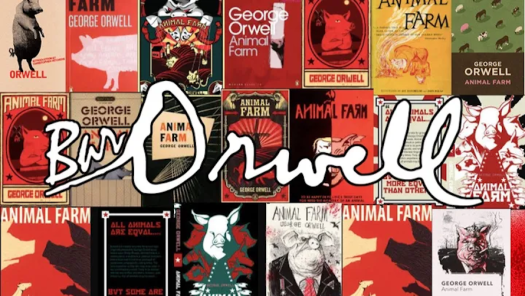"The Others" is a dark, cloistered horror film all done in shades of black and gray and amber. I'm sure it's going to be compared to Robert Wise's overrated "The Haunting" or to another more recent spook-fest that I won't mention (lest I be called a spoiler), but those points of reference might be misleading. This film is much more in the tradition of Henry James's gothic novel, "Turn of the Screw" it's the people who are haunted, not the house.
It begins with a close up of Nicole Kidman's face white as a sheet, eyes as big as pans. She wakes up screaming, and it's not so much a scream of fear but one of existential anguish. We piece together her story with fleeting clues a husband who hasn't come back from the front (World War II is long over, but she's sure he'll return), two pale children, so photosensitive that they have to live their lives in the dark, curtained rooms of the family mansion, and then there's the "incident" that the children whisper about in their most unguarded moments although they look to their mommy for protection, they seem to have good reason to fear her dark side too.
The feel of the film is cold, distant and consistently eerie. Writer/director Alejandro Amenabar ("Open Your Eyes") has constructed it in such a way that we don't fully identify with any one of the characters, which adds to the unsettling atmosphere. Kidman and the two children have too many secrets from the audience for them to become objects of empathy, and the three unsolicited servants who arrive at the house (they know every room and corridor by heart) are even more enigmatic. If there really are ghosts occupying the house, then from the audience perspective, the living are just as unnerving as the dead.
Amenabar is a highly proficient genre director. The sound design creates an atmosphere of claustrophobic paranoia, full of half-heard creaks and voices, and some unpredictable shocks. For the first hour or so of the film, the camera stays confined to the mansion, only peeking out the windows occasionally to witness the servants in the midst of some possibly conspiratorial exchange. As the film progresses we begin to understand the creepy logic that governs this mansion and its inhabitants. It's a place where a room filled with sunlight is to be feared more than darkness, and where a walk on the foggy moors will only lead you into the middle of nowhere.
It begins with a close up of Nicole Kidman's face white as a sheet, eyes as big as pans. She wakes up screaming, and it's not so much a scream of fear but one of existential anguish. We piece together her story with fleeting clues a husband who hasn't come back from the front (World War II is long over, but she's sure he'll return), two pale children, so photosensitive that they have to live their lives in the dark, curtained rooms of the family mansion, and then there's the "incident" that the children whisper about in their most unguarded moments although they look to their mommy for protection, they seem to have good reason to fear her dark side too.
The feel of the film is cold, distant and consistently eerie. Writer/director Alejandro Amenabar ("Open Your Eyes") has constructed it in such a way that we don't fully identify with any one of the characters, which adds to the unsettling atmosphere. Kidman and the two children have too many secrets from the audience for them to become objects of empathy, and the three unsolicited servants who arrive at the house (they know every room and corridor by heart) are even more enigmatic. If there really are ghosts occupying the house, then from the audience perspective, the living are just as unnerving as the dead.
Amenabar is a highly proficient genre director. The sound design creates an atmosphere of claustrophobic paranoia, full of half-heard creaks and voices, and some unpredictable shocks. For the first hour or so of the film, the camera stays confined to the mansion, only peeking out the windows occasionally to witness the servants in the midst of some possibly conspiratorial exchange. As the film progresses we begin to understand the creepy logic that governs this mansion and its inhabitants. It's a place where a room filled with sunlight is to be feared more than darkness, and where a walk on the foggy moors will only lead you into the middle of nowhere.




